For me to collect toy soldiers is not only to get many figures but also to know something about the company that made that particular item of my collection. Over the years I bought some books and magazines that I’m going to comment in the following posts. I hope that fellow collectors will find this information useful.
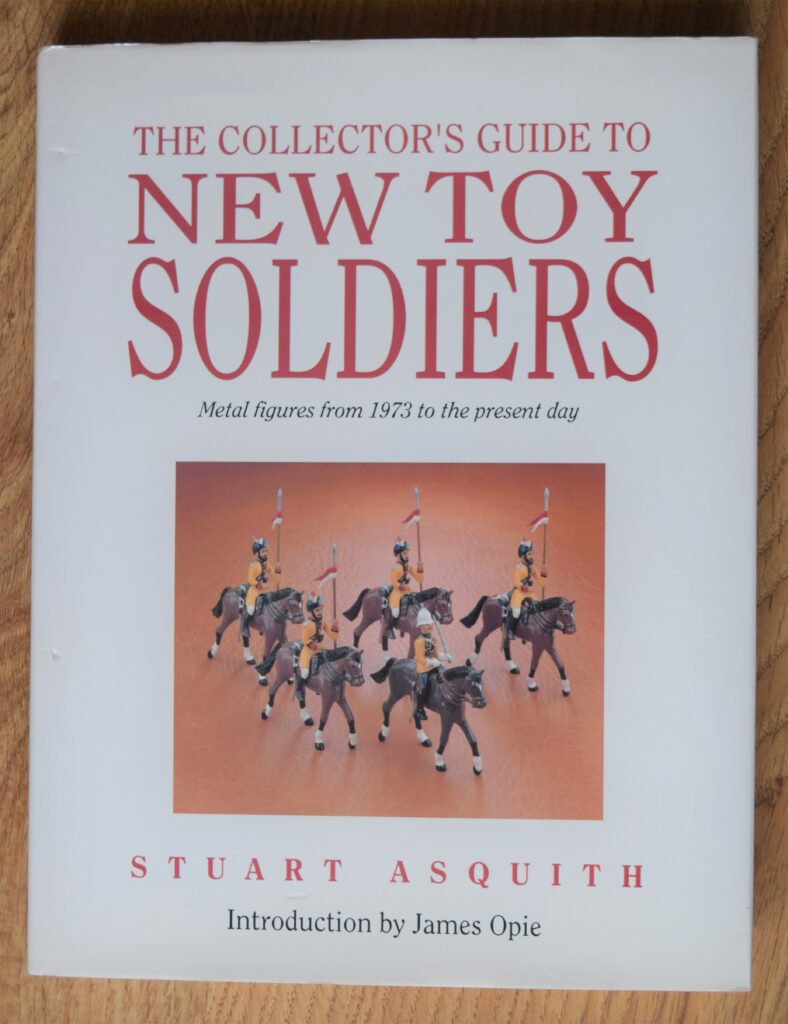
Asquith, Stuart. The Collector´s Guide to New Toy Soldiers. Metal Figures from 1973 to the Present Day. Ed. Argus Books, 111p., (c) 1991, 195x253mm.
In contrast with the previous titles this one focus on the new makers. These are listed in alphabetical order. There are many photos but the majority is in black and white. If you got an unidentified metal figure that looks new, this book could help in identifying.
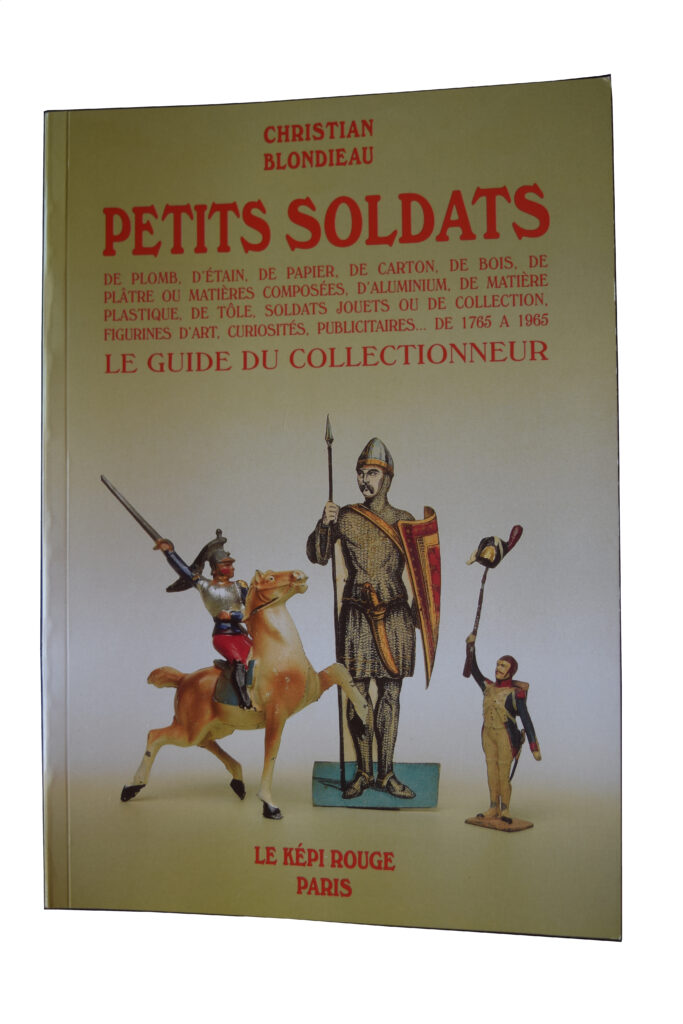
Blondieu, Christian. Petits Soldats. Le Guida du Collectionner. Ed. Le Képi Rouge, Paris, 579pp. (c) 1996. 210x299mm.
This is a huge amount of information on toy soldiers made from 1765 to 1965 in every type of material; paper, card board, lead, aluminium, composition and plastic. There are many photos in black and white. This is a very recommended book even if you don´t read French. The copy I have was kindly offered to me by the manager of “La Boîte de Soldats” during my last visit to Paris.
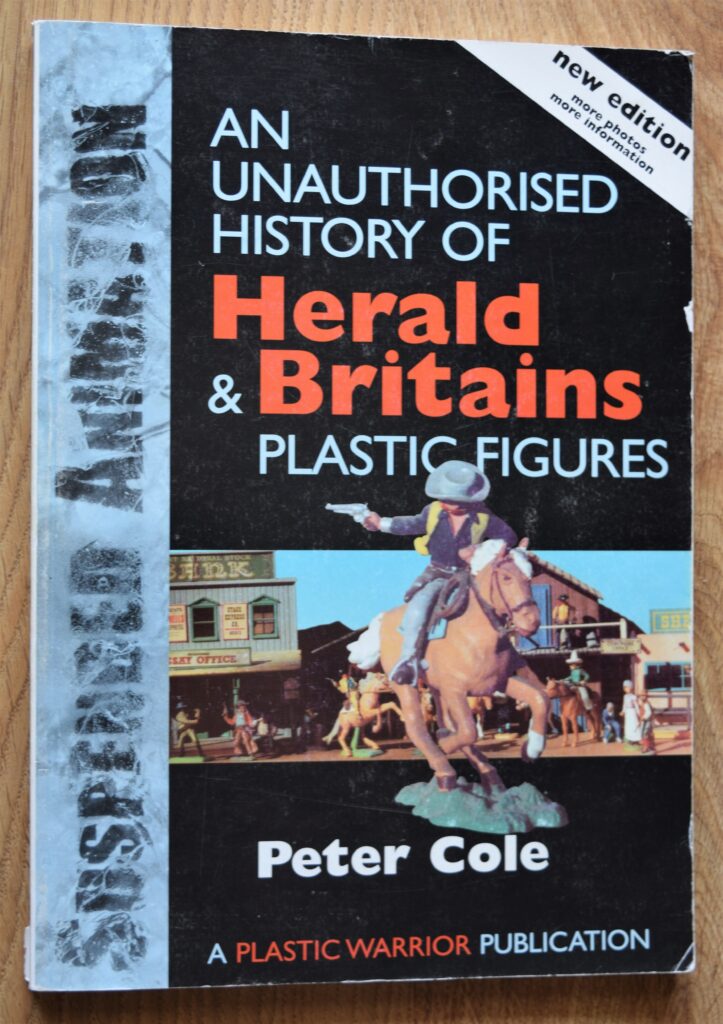
Cole, Peter. An Unauthorised History of Herald & Britains Plastic Figures. Ed. Plastic Warrior, 200p. (c) 2004. 218x296mm.
As the title clearly states this is a book with a very precise objective. The story of Herald and Britains companies is described in great detail. The admiration of the author for the work of Herald is evident and contrasts to the criticism on the less quality of Britains production. Peter Cole is the name behind the company “Replicants” that continues to make plastic figures. The apendix of the books is most informative including line drawings of all plastic figures produced by this two companies.
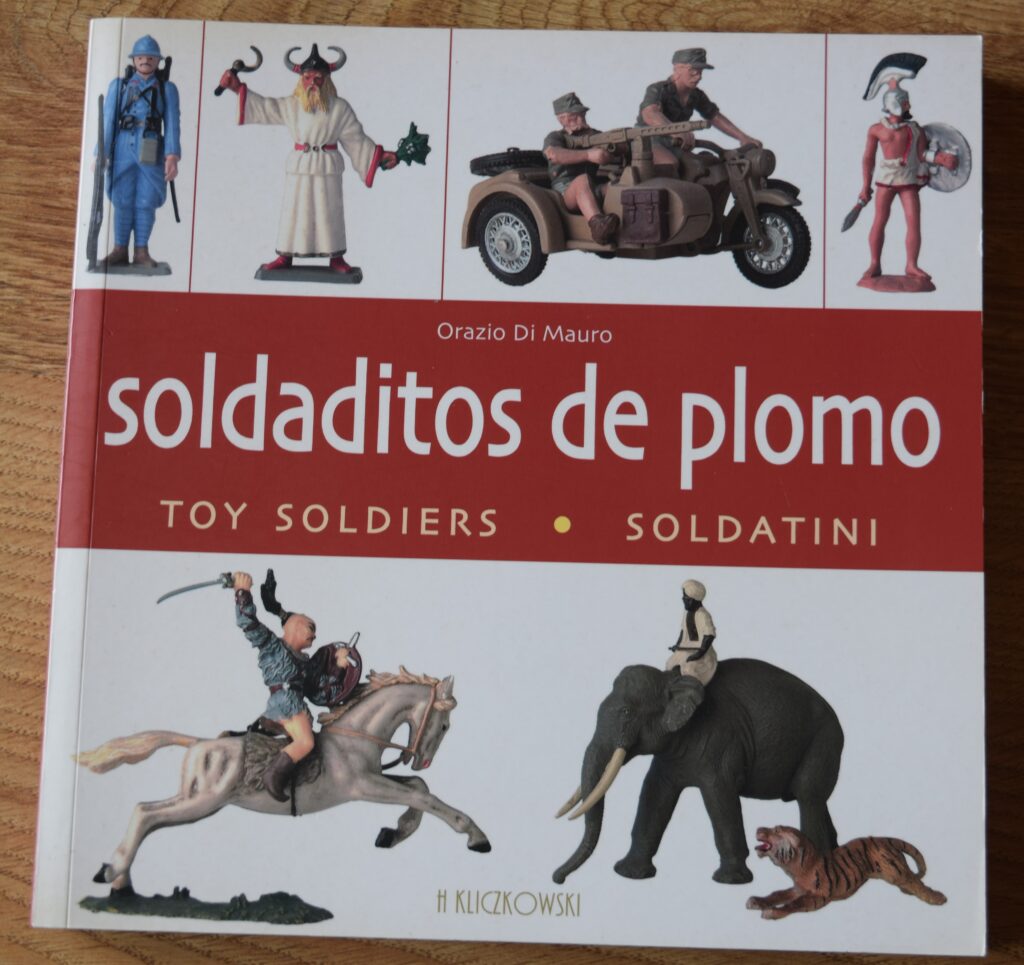
Di Mauro, Orazio. Soldaditos de Plomo; Toy Soldiers; Soldatini. Ed. H. Kliczowski, 240p., (c) 2002. 192x192mm.
As the title shows this book presents texts in three languages, Spanish, English and Italian. The figures, mostly, old, are present in an historical order, beginning with some dinosaurs (!!). There are many different makers, including, Italy, Germany, Spain, United Kingdom, etc.

Hermida, Juan. El Oeste de Plástico. Plastic Toy Figures Made in Spain 1948-1978. Ed. Coleccionismo de Juguetes. 319p. 187×240. (c) 2023.
A book with a huge amount of information on rubber and plastic figures from Spain, including vehicles and forts (in wood). Many good photos all in colour . Spanish language.

Greenhill, Peter. Herald Miniature Knights. Ed. Guid of Master Craftsman Publications, 176p., (c) 1991. 224x295mm.
This book refers only to medieval figures painted with heraldic symbols. The majority of figures were made by Richard Courtenay. If you are interested in heraldry this is a interesting book.

Joplin, Norman. Toy soldiers. Ed. Apple Books, 80p., (c) 1994. 235x310mm.
This is an introductory book aimed at the new collector. All types of figures and materials are discussed in a book very well illustrated. If you are beginning a collection this is a very useful book.
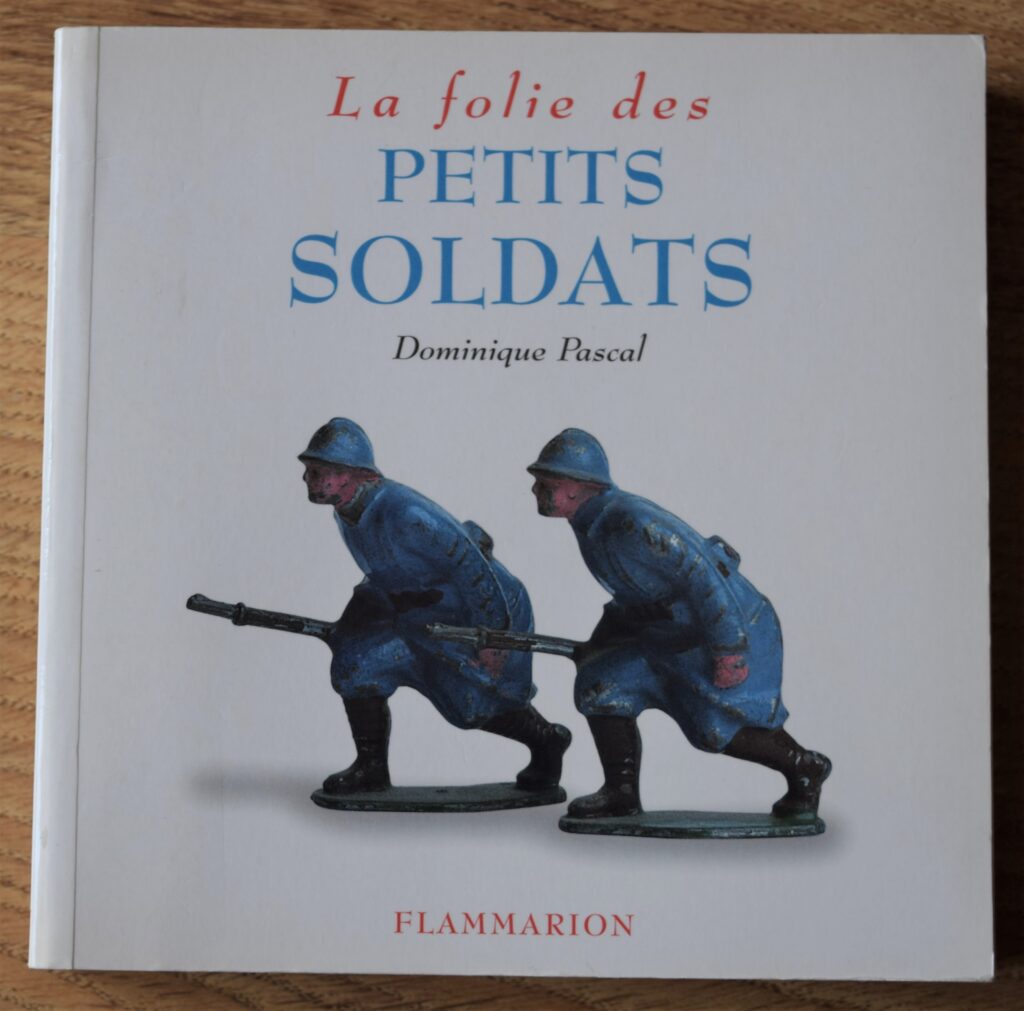
Pascal, Dominique. La folie des Petits Soldats. Ed. Flamarion, 379p., (c) 2001, 140x140mm.
This is small but thick book in French. In each page there is a photo of a figure with an informative small text. Even for those who do not read French this is a very informative book mostly about classic metal soldiers of French makers, but also a few plastic and composition figures.

Rose, Andrew.The Collector´s all-colour guide to Toy Soldiers. 1989. Tiger Books International. 128 p. 222×306.
The majority of figures shown are Britains metal production. There are also German flats, French Lucote and Mignot and many others. The plastic figures are in very low numbers.
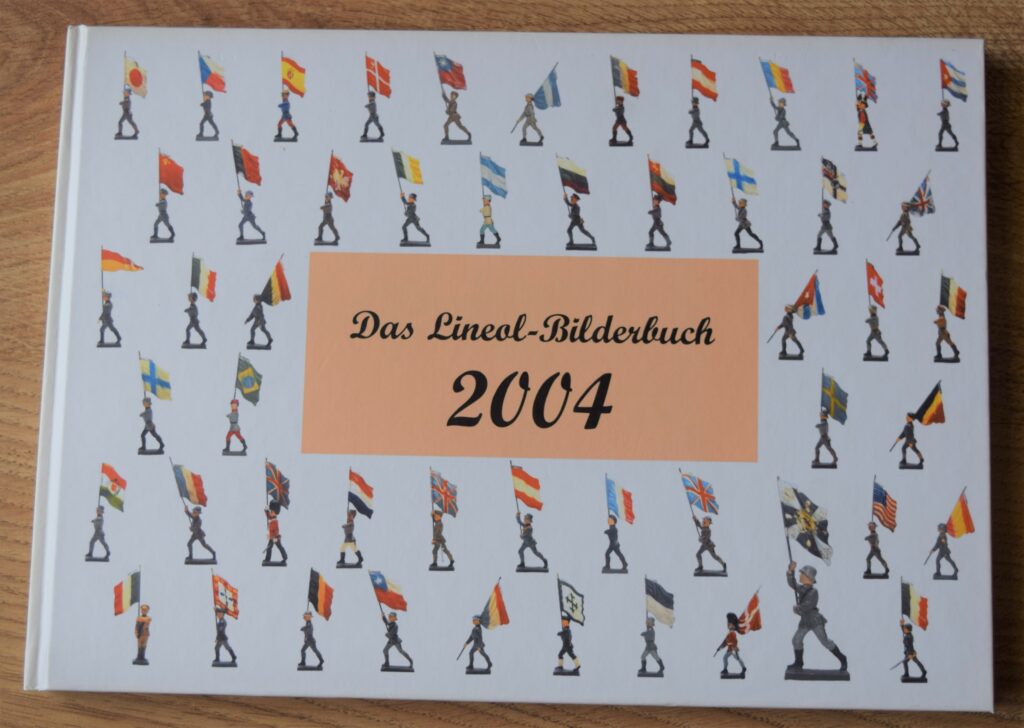
Timm, Holger & Peter Pfefferkorn. Das Lineol – Bilderbuch 2004. Ed. ? 126p., 301-215mm.
This is a very specific books dealing with only a company and a material, composition figures. Lineol was a German company mostly notorious for his composition figures. This all color book includes along figures, vehicles and artillery pieces. This is clearly a must for any Lineol collector.
